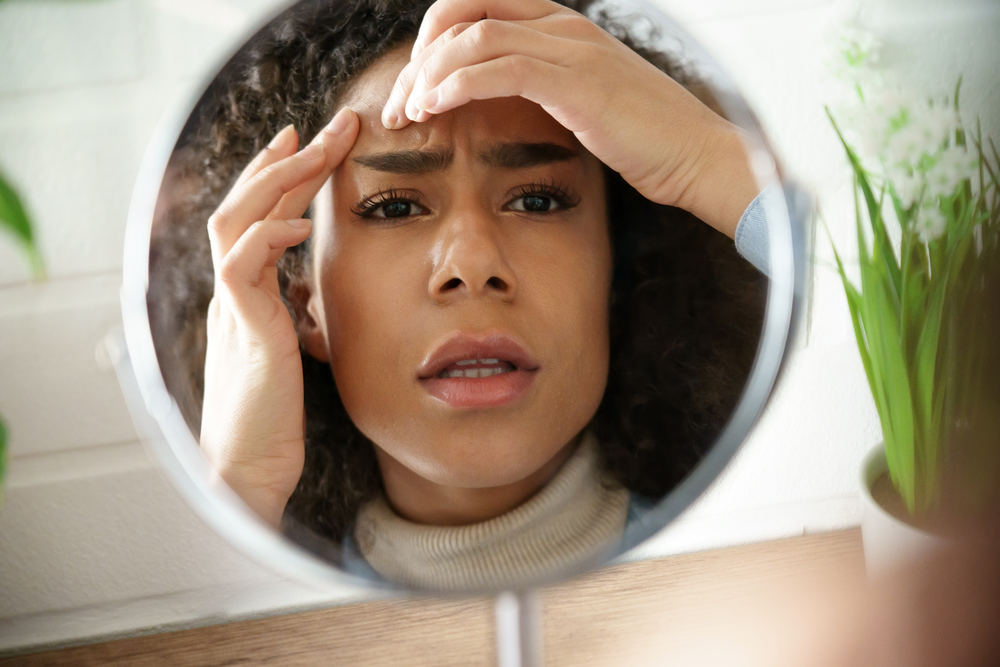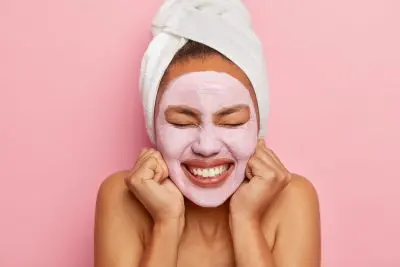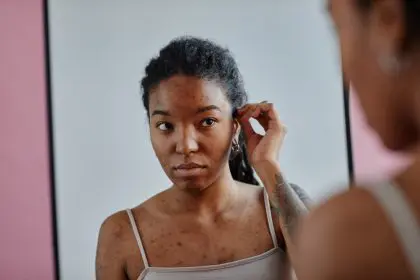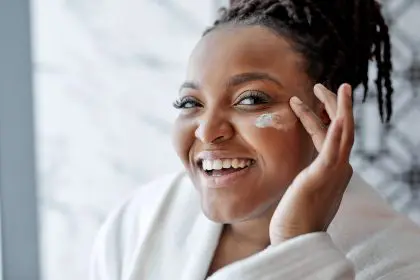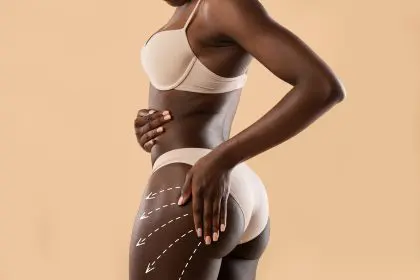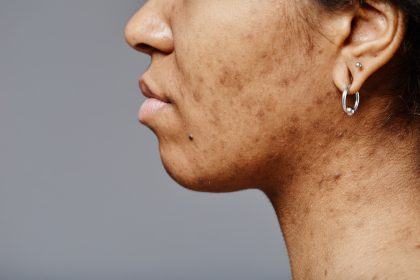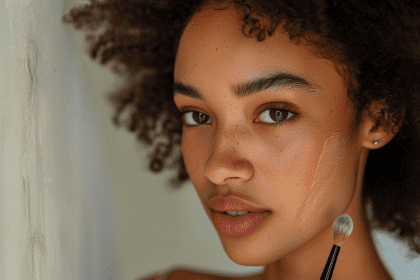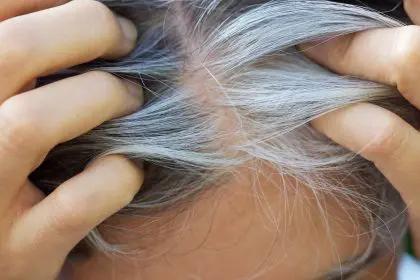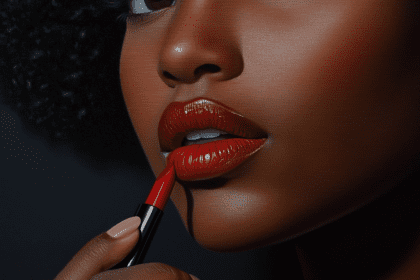Blackheads, while harmless, remain a persistent skincare concern affecting people across all age groups. These small, dark bumps can impact self-confidence, but proper understanding and treatment can lead to clearer, healthier skin. With consistent care and the right approach, managing blackheads becomes an achievable goal for anyone dealing with this common skin condition.
Understanding blackheads
Blackheads form when hair follicles become clogged with excess oil and dead skin cells. The dark appearance results from oxidation when these materials are exposed to air. While they commonly appear on the face, particularly around the nose, blackheads can also develop on the back, chest, neck, and shoulders. Understanding this process helps in choosing the most effective treatment methods and preventing future occurrences.
Environmental factors, hormonal changes, and skincare habits all play crucial roles in blackhead formation. The skin naturally produces oil, called sebum, to maintain hydration and protection. However, when this production exceeds normal levels or combines with dead skin cells and bacteria, pores become blocked, leading to blackheads.
The seven proven removal methods
1. Daily cleansing routine
The foundation of blackhead prevention lies in consistent cleansing. Non-comedogenic cleansers, particularly those containing salicylic acid, effectively penetrate pores to dissolve accumulated oil and dead skin cells. Cleanse twice daily, morning and night, using lukewarm water to avoid irritation. Hot water can stimulate excess oil production, while cold water might not effectively remove debris.
For optimal results, spend at least 60 seconds massaging the cleanser into your skin, paying special attention to areas prone to blackheads. Use gentle, circular motions to help dislodge debris without causing irritation. After cleansing, pat your skin dry with a clean towel – never rub, as this can irritate the skin and stimulate oil production.
2. Regular exfoliation
Strategic exfoliation removes dead skin cells that contribute to pore blockage. Whether using physical scrubs or chemical exfoliants containing alpha hydroxy acids (AHAs) or beta hydroxy acids (BHAs), limit sessions to 2-3 times weekly to prevent skin irritation and excessive oil production.
Physical exfoliants should be used with extreme gentleness – harsh scrubbing can damage skin and worsen blackheads. Chemical exfoliants, while often more effective, require careful introduction to your routine. Start with once-weekly applications, gradually increasing frequency as your skin adjusts. Always follow with moisturizer and sun protection, as exfoliation can increase skin sensitivity.
3. Specialized masks
Clay and charcoal masks excel at drawing out impurities from pores. Apply these treatments weekly, focusing on areas prone to blackheads. Different types of clay offer varying benefits: kaolin clay provides gentle absorption, while bentonite clay offers deeper detoxification. Charcoal masks work similarly, using activated charcoal’s natural absorption properties to remove excess oil and debris.
When applying masks, ensure your skin is thoroughly cleansed first. Allow the mask to dry partially – not completely – as over-drying can trigger excess oil production. After removal, apply a hydrating toner followed by moisturizer to maintain skin balance.
4. Retinoid treatment
Dermatologist-recommended retinoids increase cell turnover and regulate oil production. While over-the-counter options like adapalene provide accessible treatment, stronger formulations may require prescription. Begin with lower concentrations to build tolerance, using the product every third night initially.
Retinoids work gradually, often taking 8-12 weeks to show significant improvement. During this time, you might experience initial purging as skin cell turnover increases. Apply retinoids to clean, dry skin in the evening, and always use sunscreen during the day, as these products can increase sun sensitivity.
5. Steam therapy
Controlled steam exposure can soften blockages within pores, facilitating easier removal. Limit sessions to 5-10 minutes and always follow proper hygiene protocols. Keep your face 8-12 inches from the steam source to prevent skin damage. Add chamomile or green tea to the steaming water for additional soothing benefits.
After steaming, gently pat skin dry and proceed with extraction only if blackheads are easily released. Never force extraction, as this can cause scarring and inflammation. Follow with a cooling toner and lightweight moisturizer to rebalance the skin.
6. Professional extraction
When at-home treatments prove insufficient, professional extraction by qualified dermatologists or estheticians offers a safe and effective solution. These experts employ specialized tools and techniques to remove blackheads without damaging surrounding skin tissue. Professional treatments may include:
- Deep cleansing facials
- Chemical peels
- Microdermabrasion
- LED light therapy
- Customized skincare plans
Regular professional treatments, typically scheduled every 4-6 weeks, can significantly improve skin texture and prevent blackhead formation.
7. Preventive skincare routine
Long-term blackhead prevention requires a comprehensive approach:
- Choose non-comedogenic products suitable for your skin type
- Protect skin from sun damage with broad-spectrum SPF
- Stay properly hydrated by drinking adequate water daily
- Maintain consistent cleansing routines morning and night
- Follow a balanced diet rich in antioxidants and essential nutrients
- Change pillowcases weekly to prevent bacterial buildup
- Avoid touching your face throughout the day
- Remove makeup thoroughly before bed
Long-term maintenance
The journey to clear skin demands patience and dedication. While results vary among individuals, consistent application of these methods can significantly improve skin appearance and texture. Regular assessment and adjustment of your skincare routine ensures continued effectiveness.
Remember that skin needs change with seasons, stress levels, and age. Monitor your skin’s response to treatments and adjust accordingly. What works perfectly in summer might need modification in winter. Stay attuned to your skin’s needs and be prepared to adapt your routine.
Professional support remains valuable throughout the process. Dermatologists can evaluate specific needs, recommend appropriate treatments, and modify approaches based on results. This guidance proves especially helpful when dealing with persistent blackheads or sensitive skin conditions.
This story was created using AI technology.

